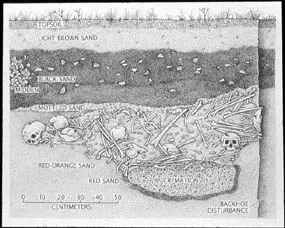Indian Neck, Wellfleet: Where Ancient History Meets the Tide
Indian Neck in South Wellfleet has one of the oldest and richest histories on Wellfleet Harbor. Long before the town became a tourist destination, this narrow peninsula was home to the native Punonakanits, a Wampanoag group who lived and fished here for centuries.
By 1620, a small native community survived on the Outer Cape despite a devastating epidemic just five years earlier. When Pilgrims expanded from Plymouth, they purchased land from local sachems, including areas around Eastham and Wellfleet. Indian Neck, known to the native people as Tuttomnest, remained a site of tribal use for years, offering access to rich shellfish beds, fresh water at Pilgrim Spring, and abundant marshlands.
The English gradually reshaped the land’s use. In 1715, Eastham designated James’ Neck (Indian Neck) as a reservation for the “proper natives of the Town” to build houses and gather firewood. By the late 1700s, however, native presence had sharply declined. Local history records Delilah Sampson Gibbs, who died after 1838, as the last known Wellfleet Indian.
Indian Neck’s deep history came to light again in 1979 with the discovery of the Indian Neck Ossuary during construction. Archaeologists uncovered a multi-layered site, with remains and artifacts dating back nearly 1,000 years. The find confirmed that Indian Neck was not just a seasonal camp, but a place of permanent settlement.
Today, Indian Neck’s quiet marshes and beaches hold centuries of history—from its Wampanoag roots to its role in Wellfleet’s colonial era. It stands as a living connection to the earliest chapters of South Wellfleet’s story.

